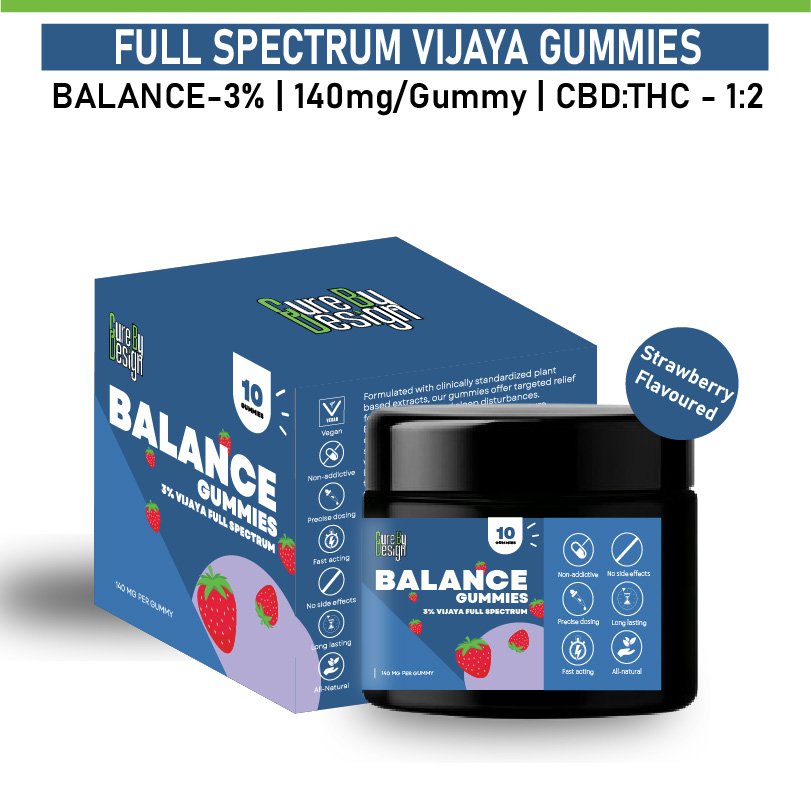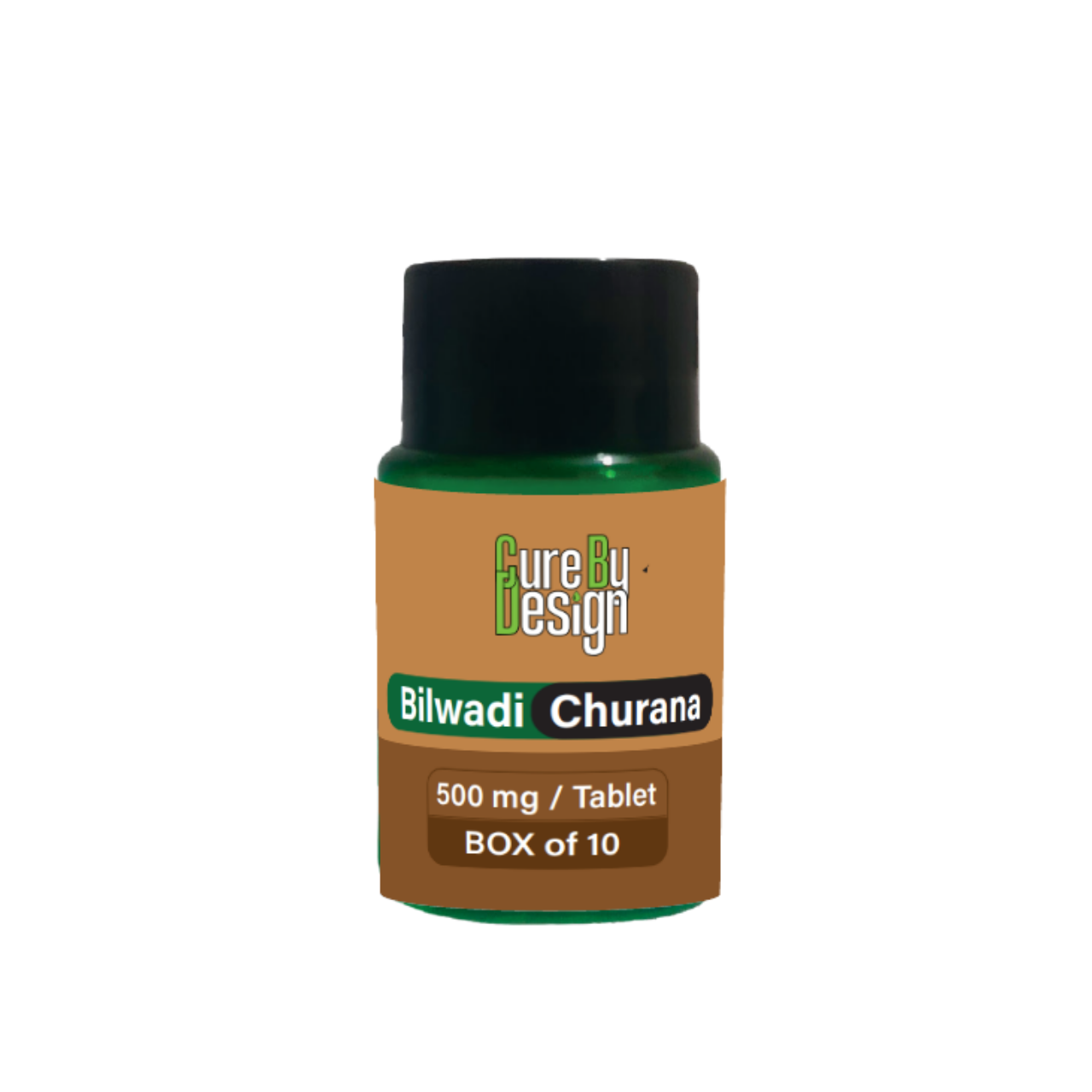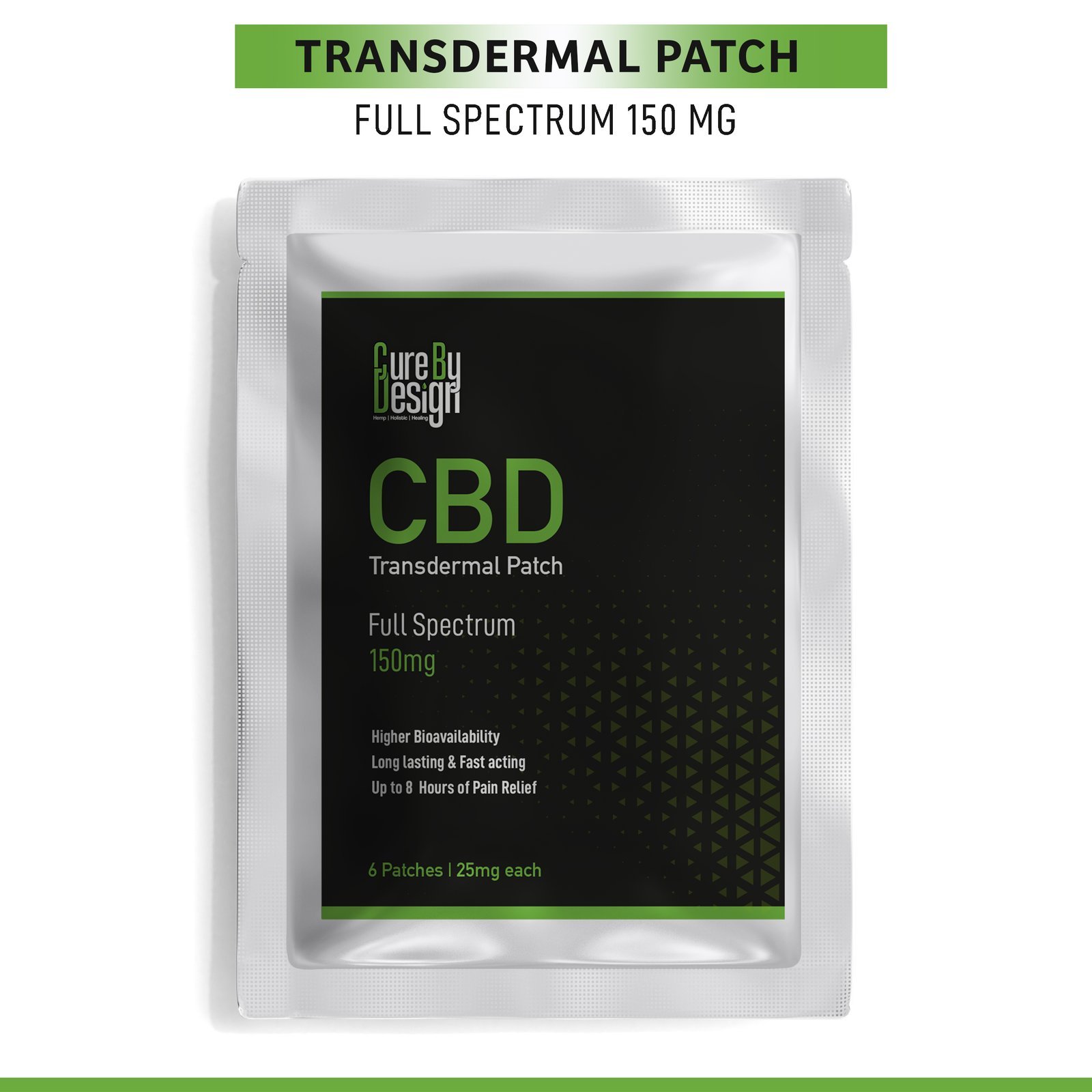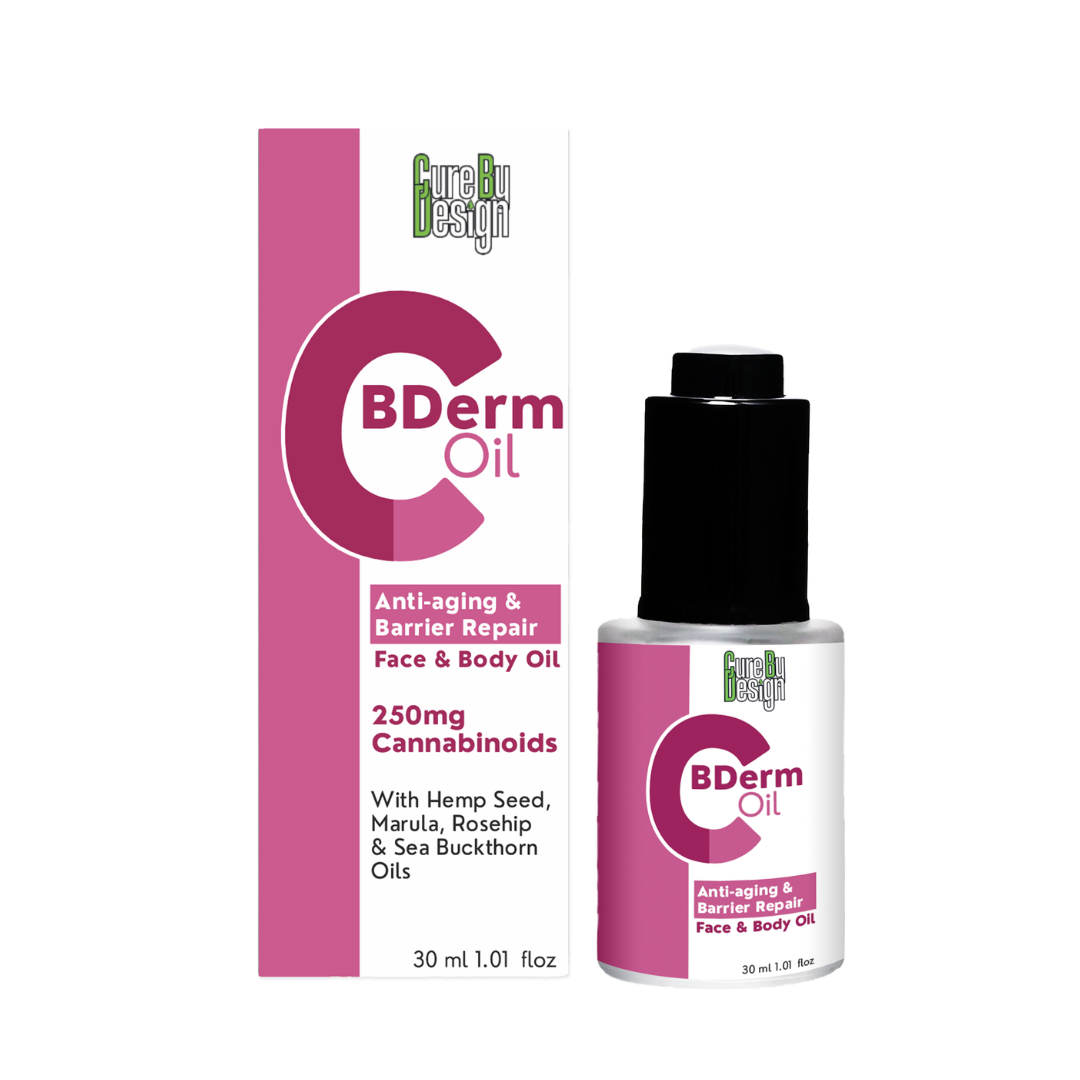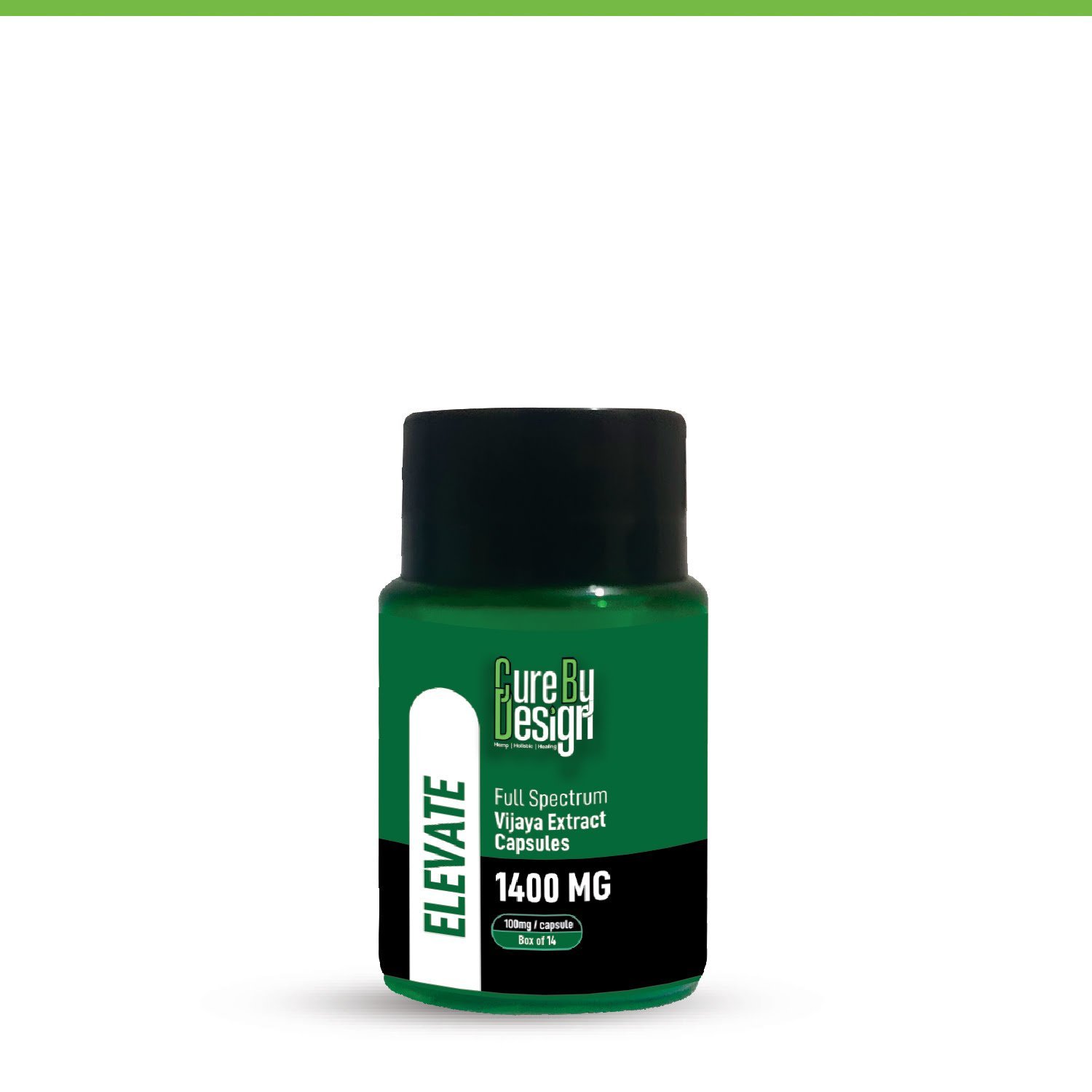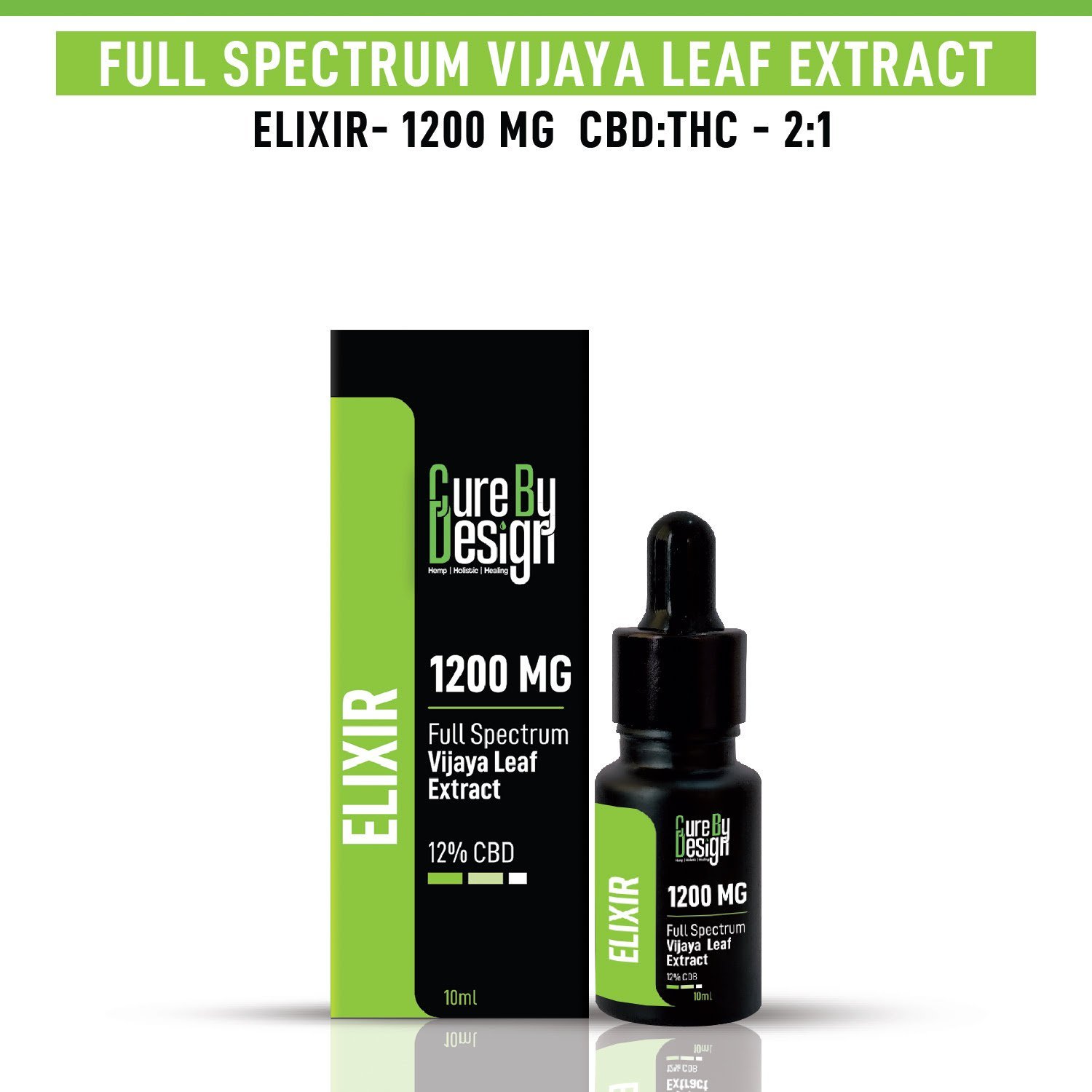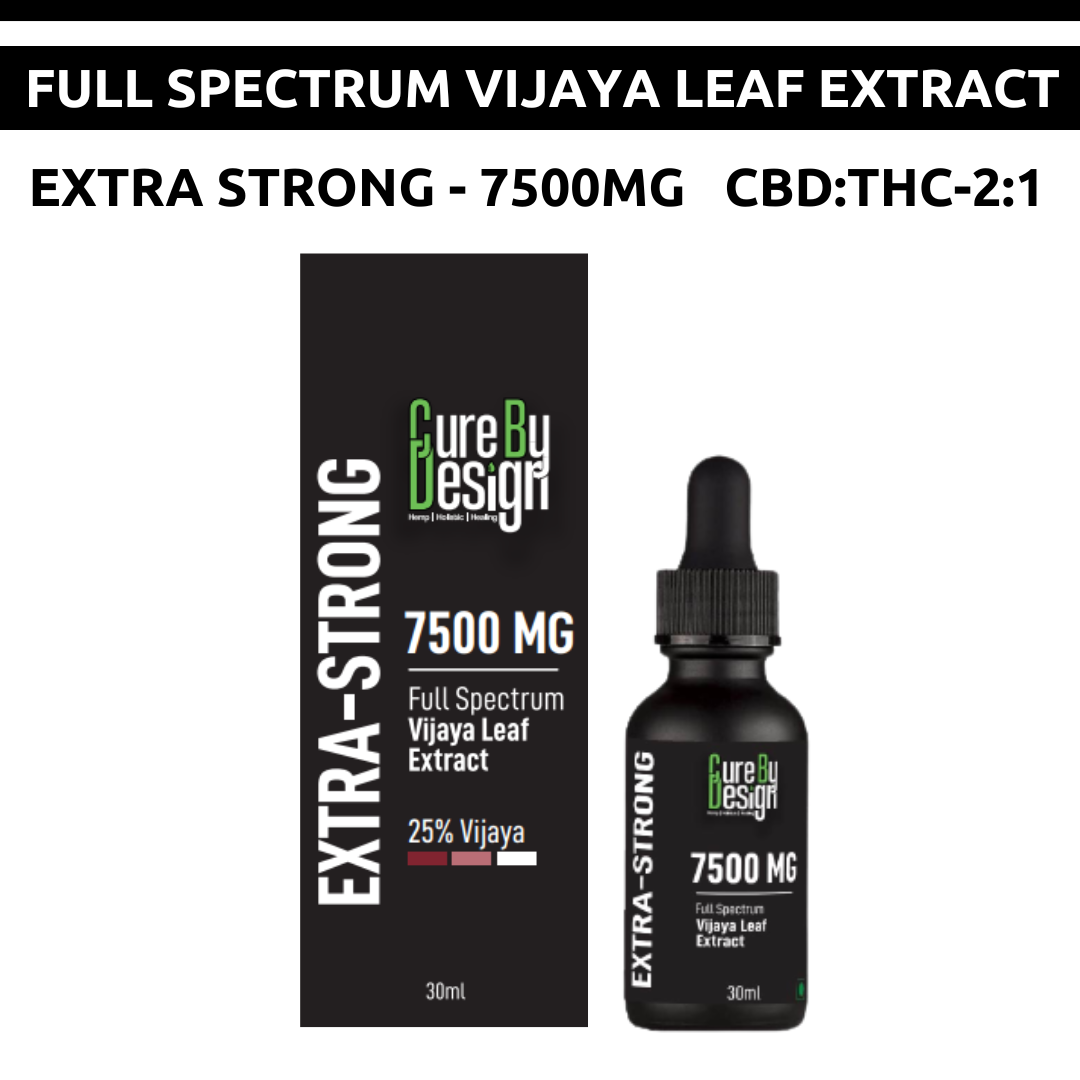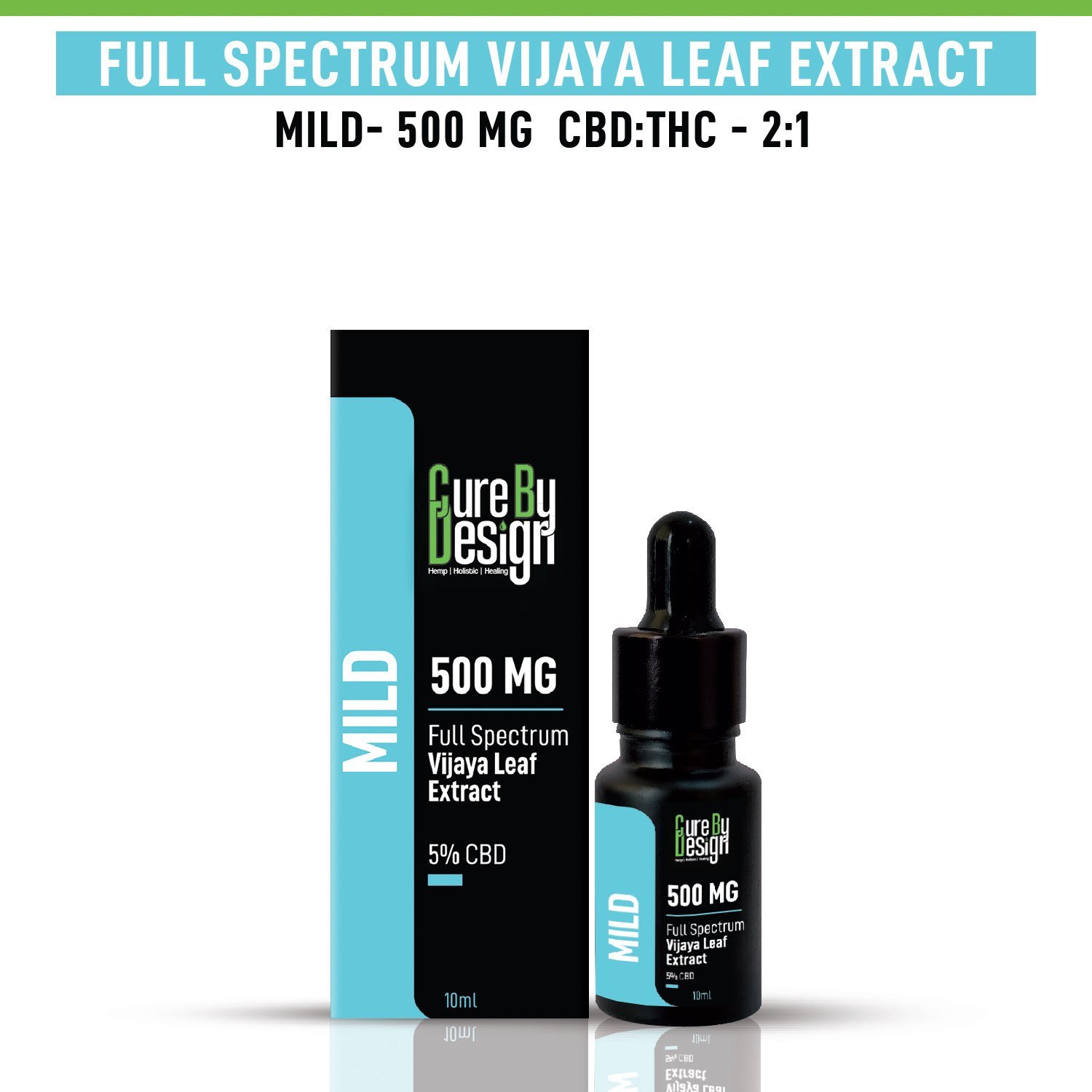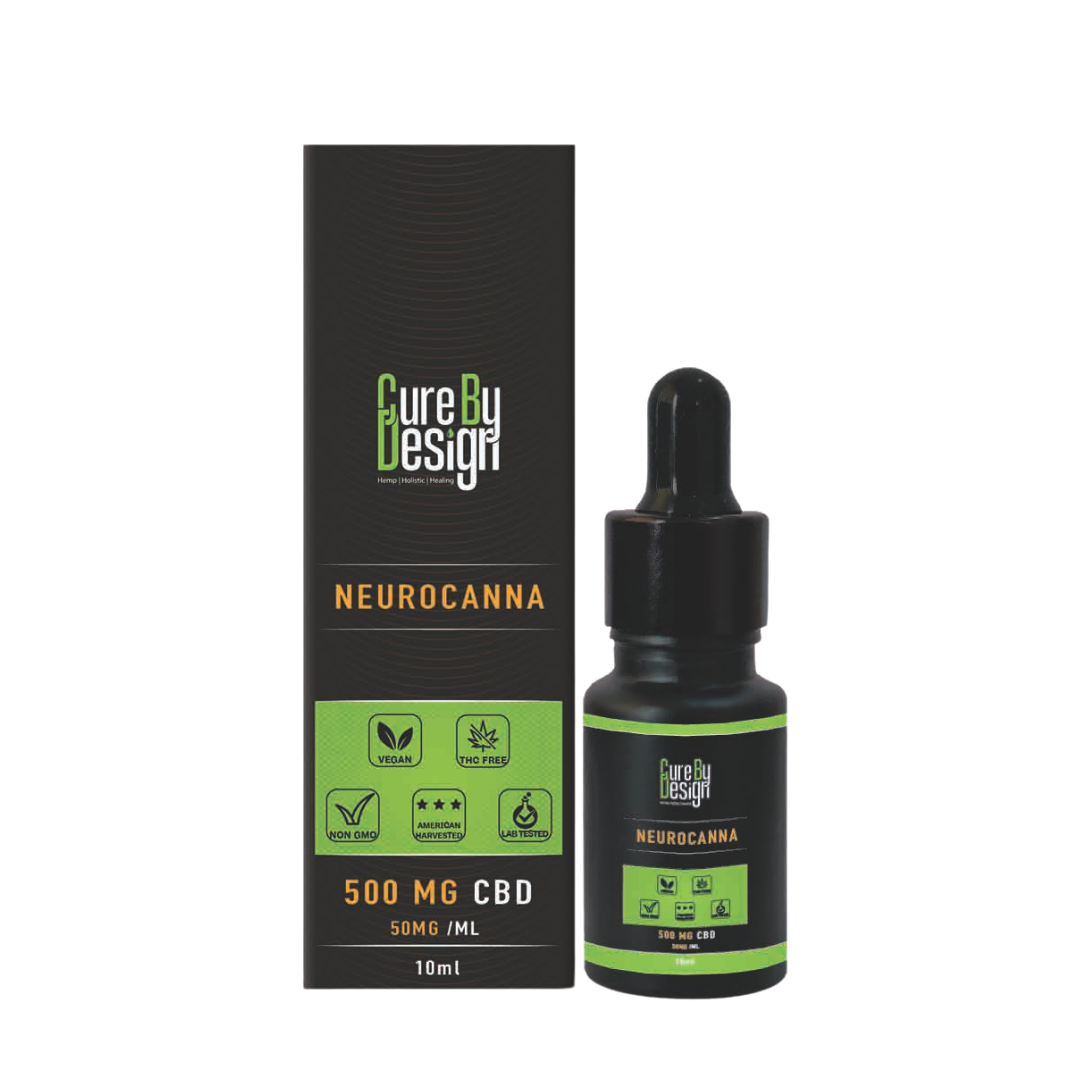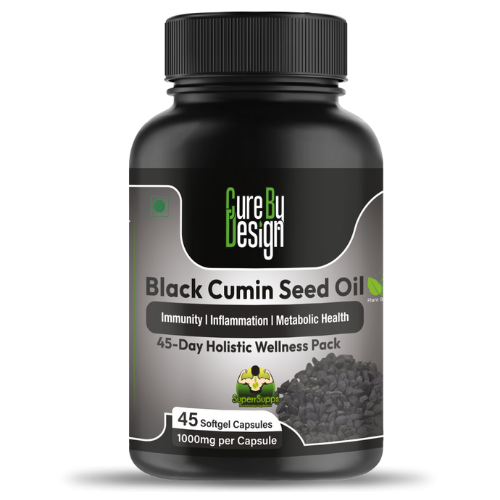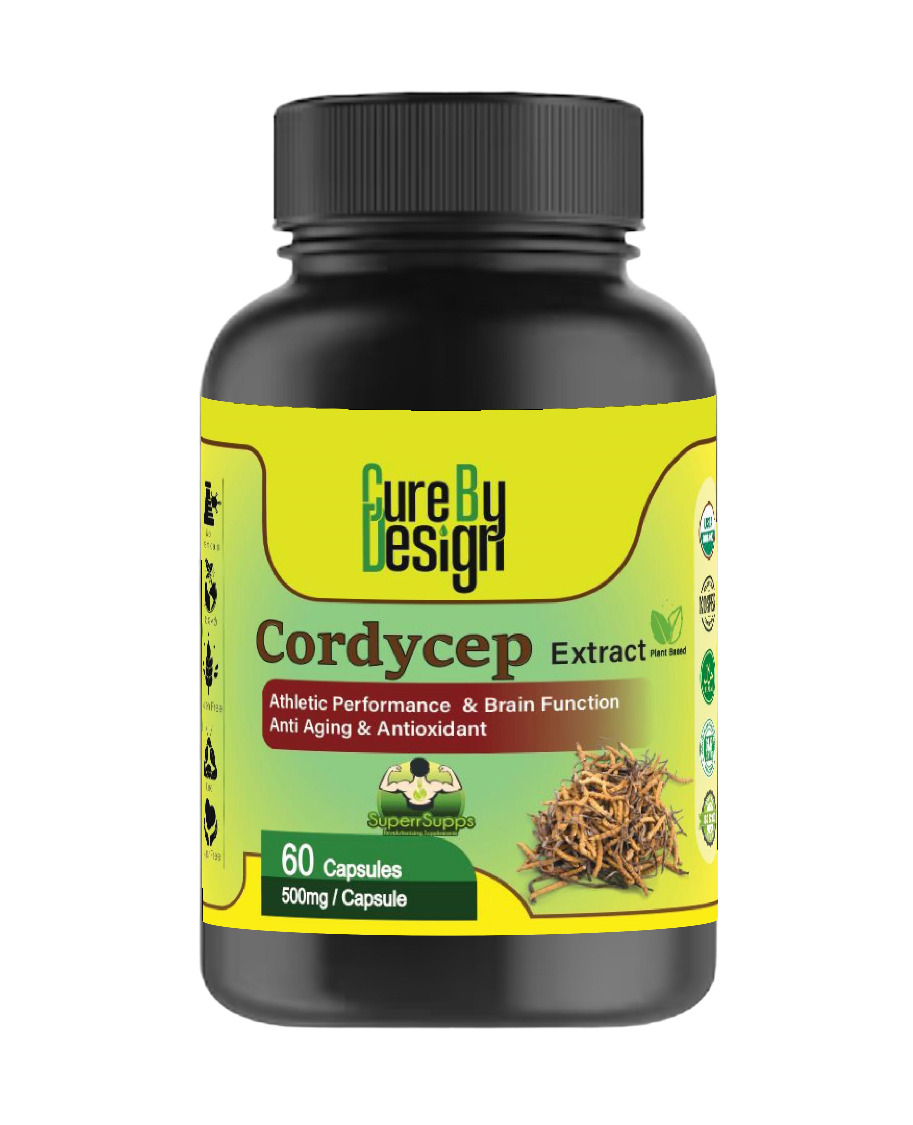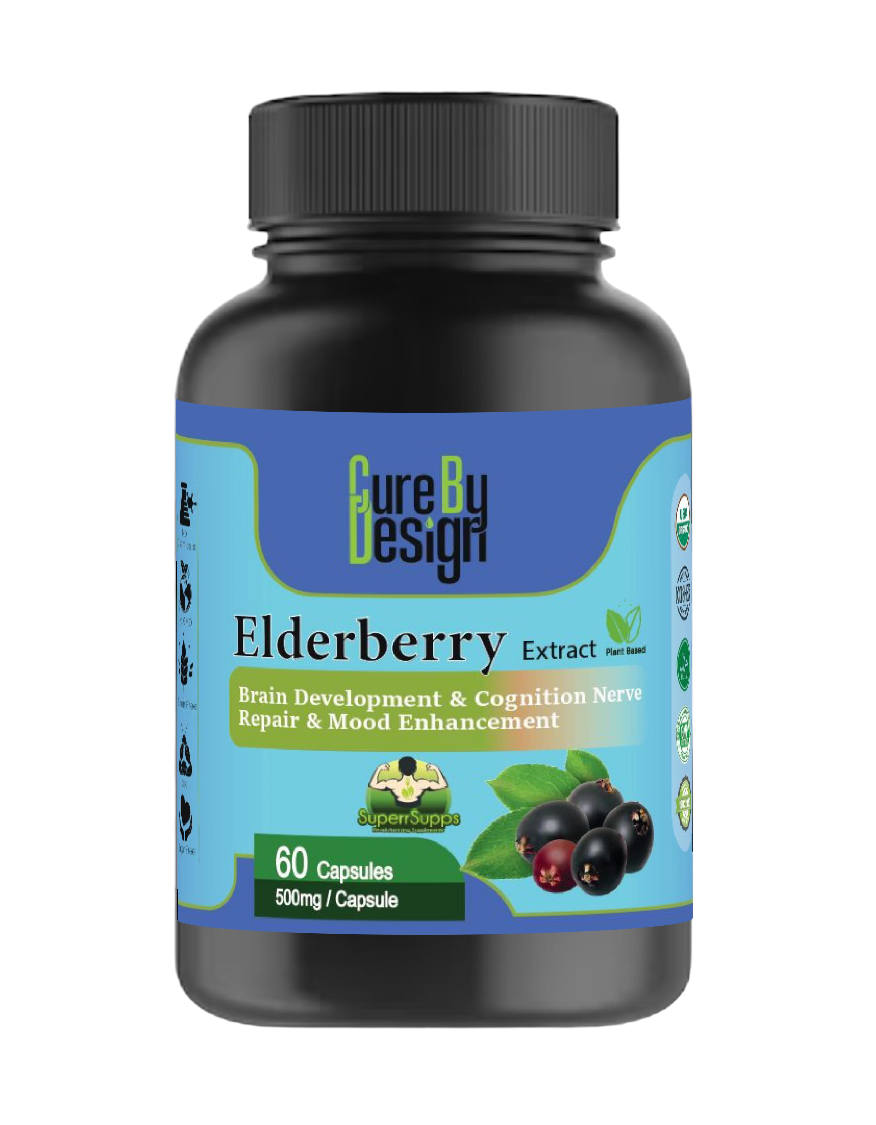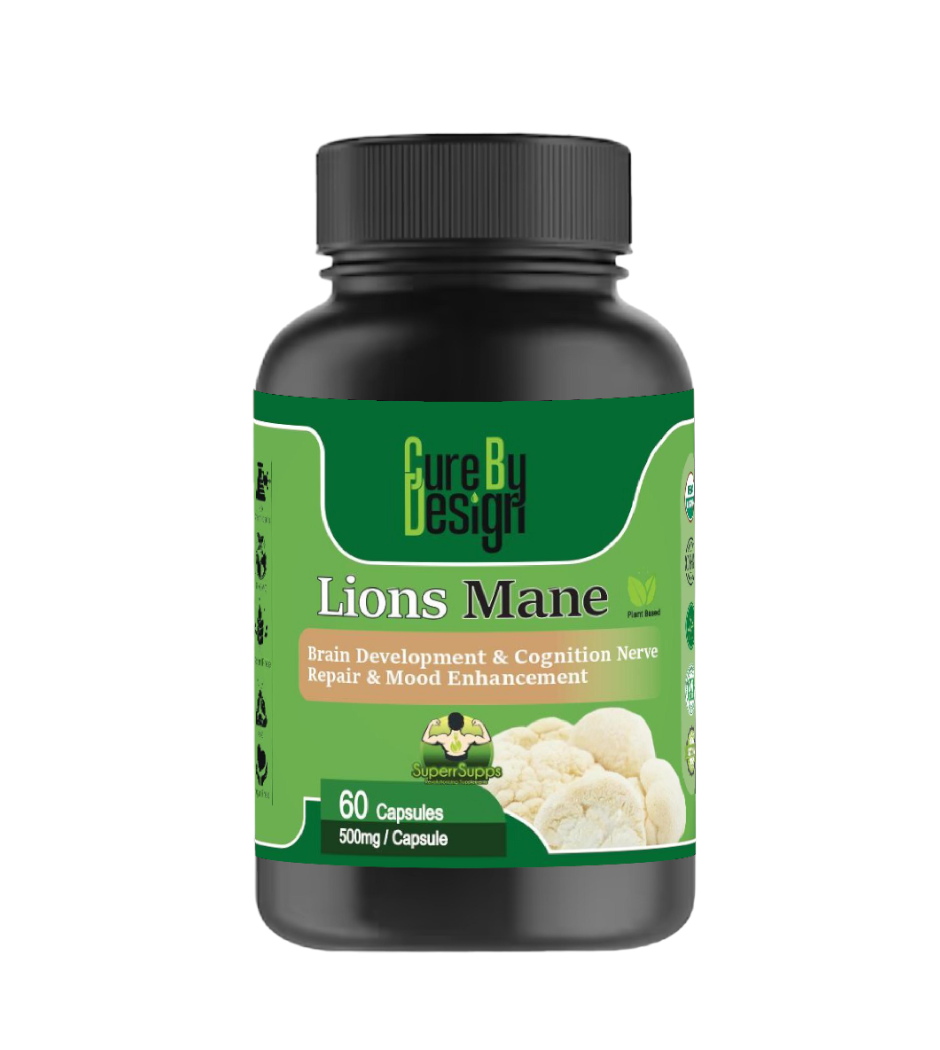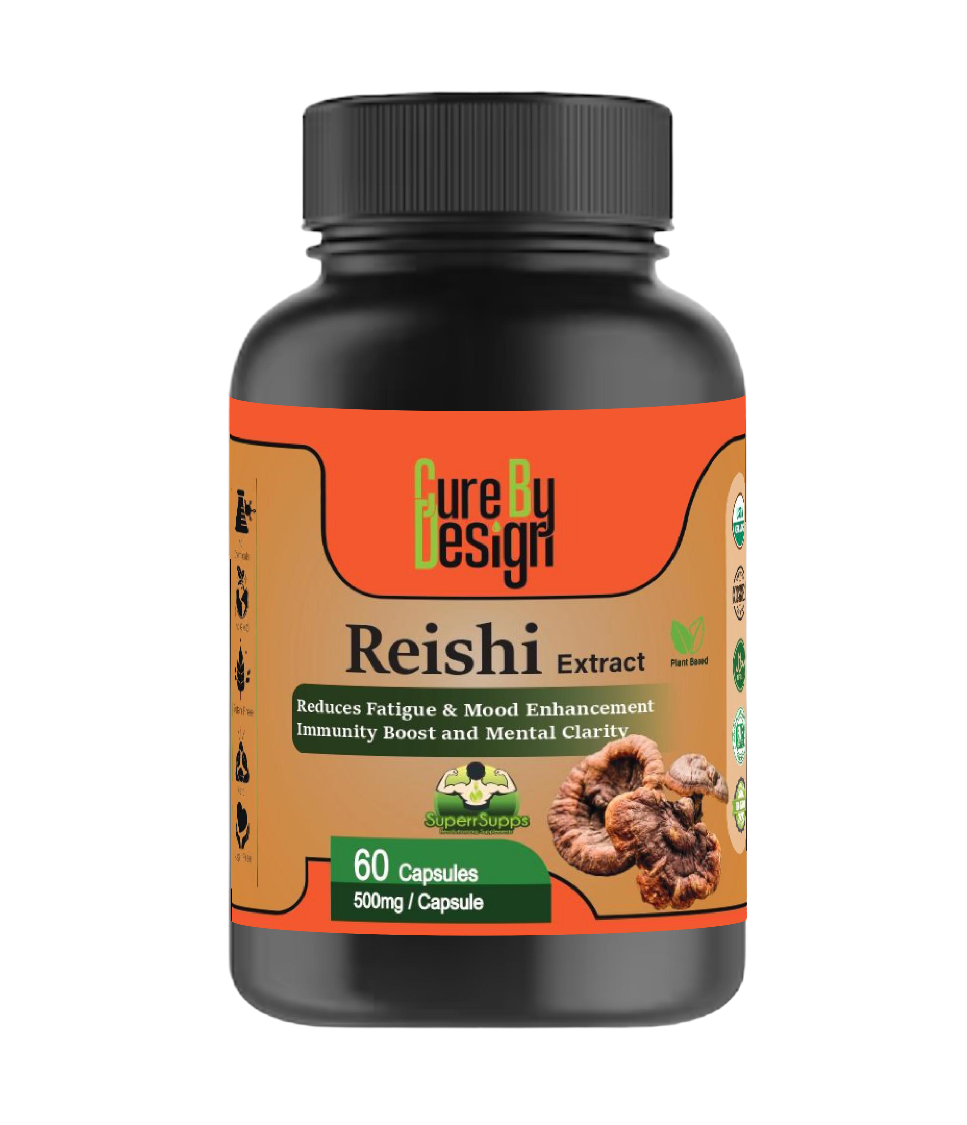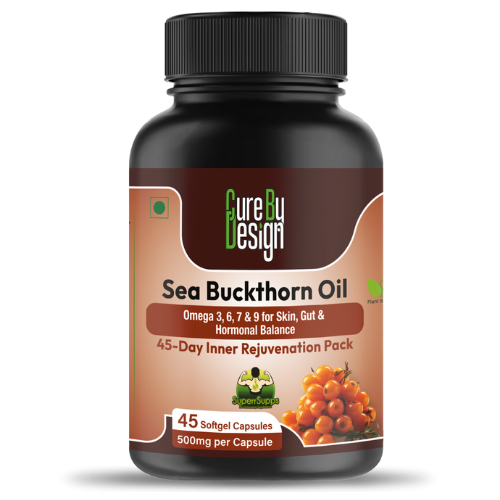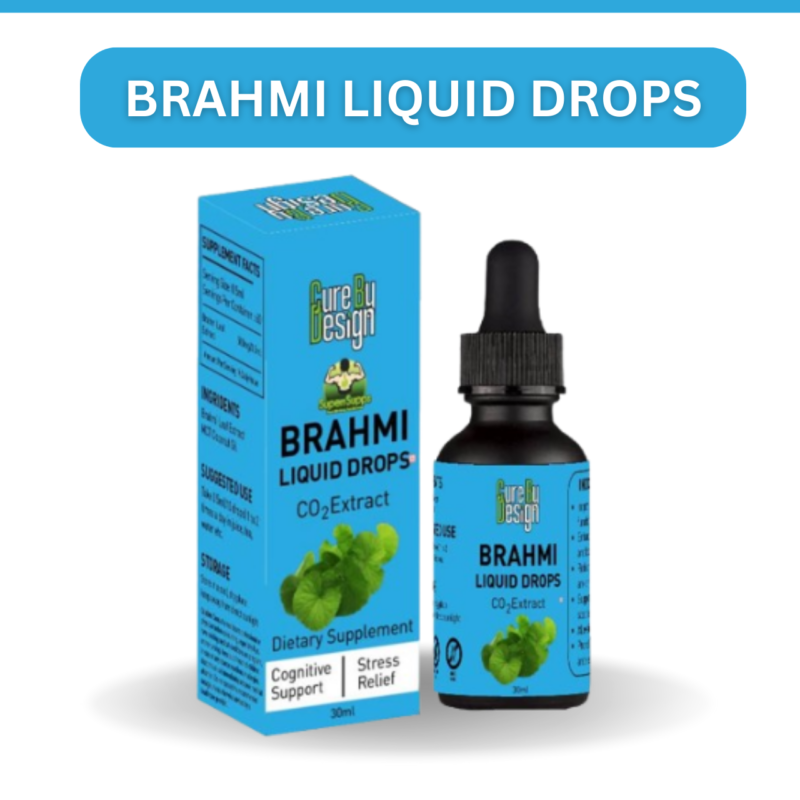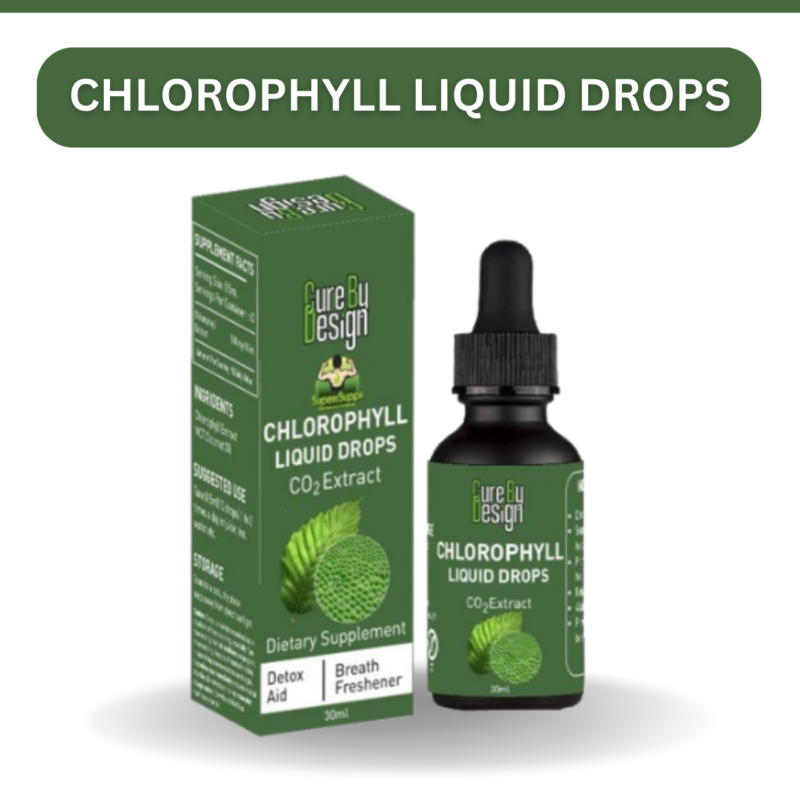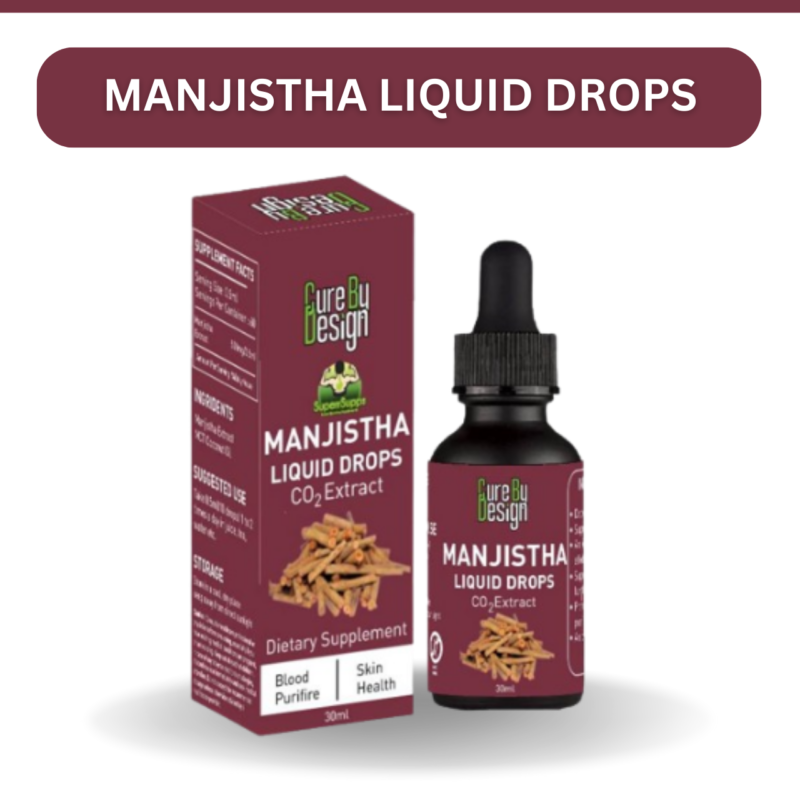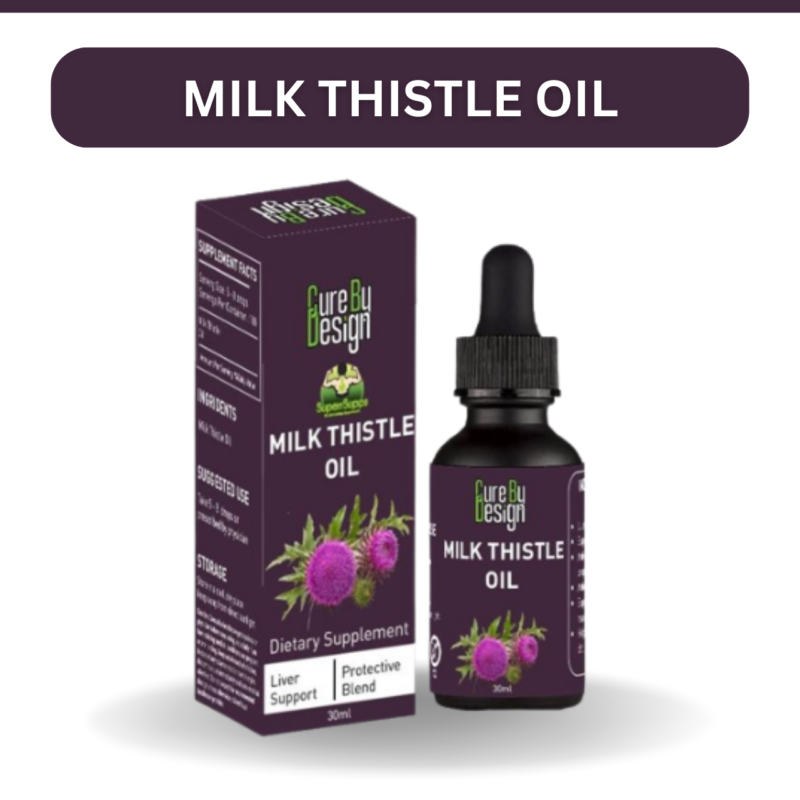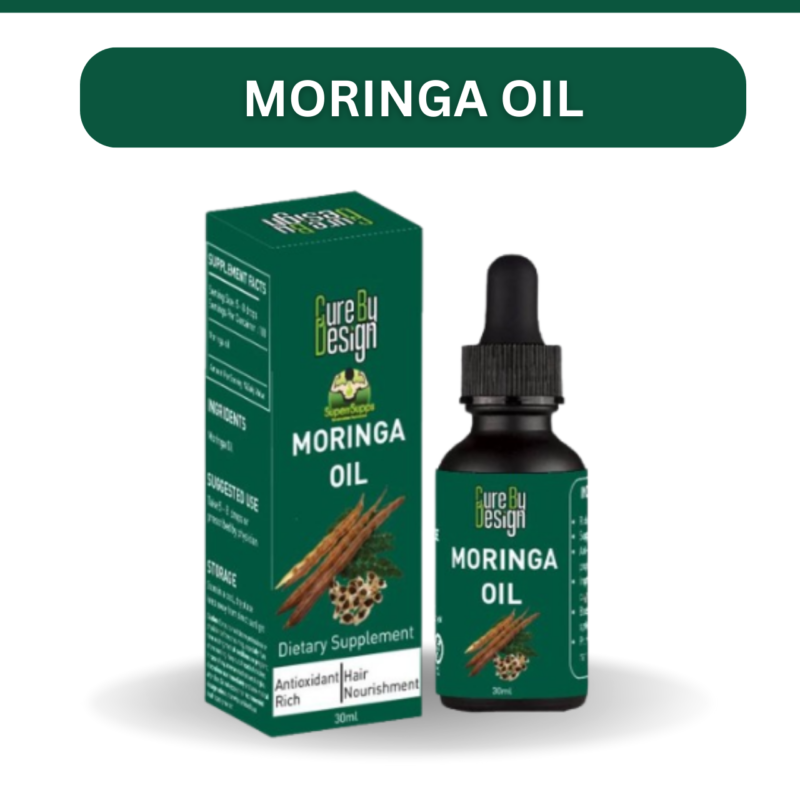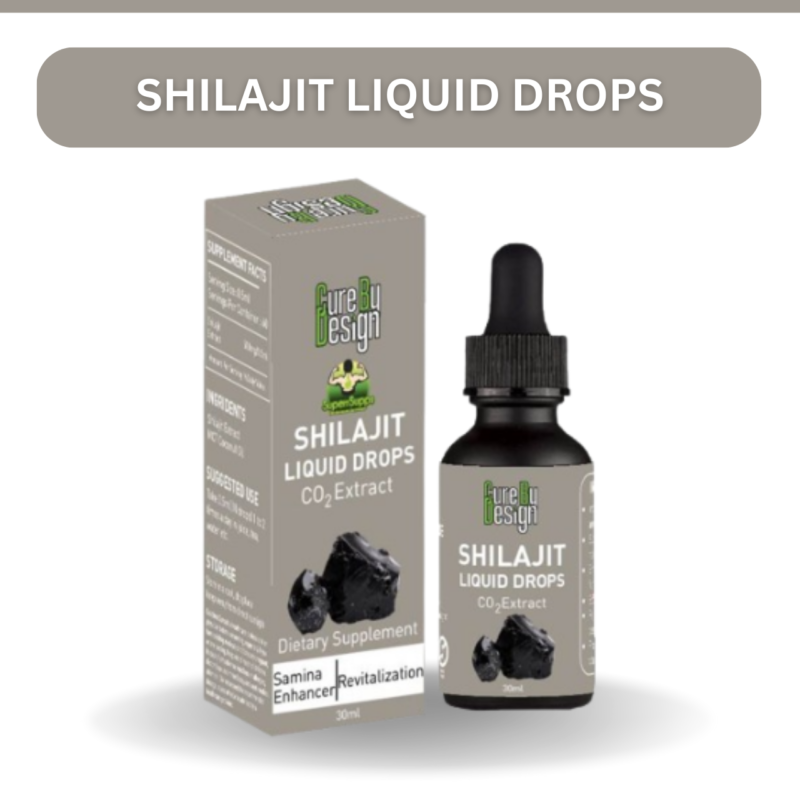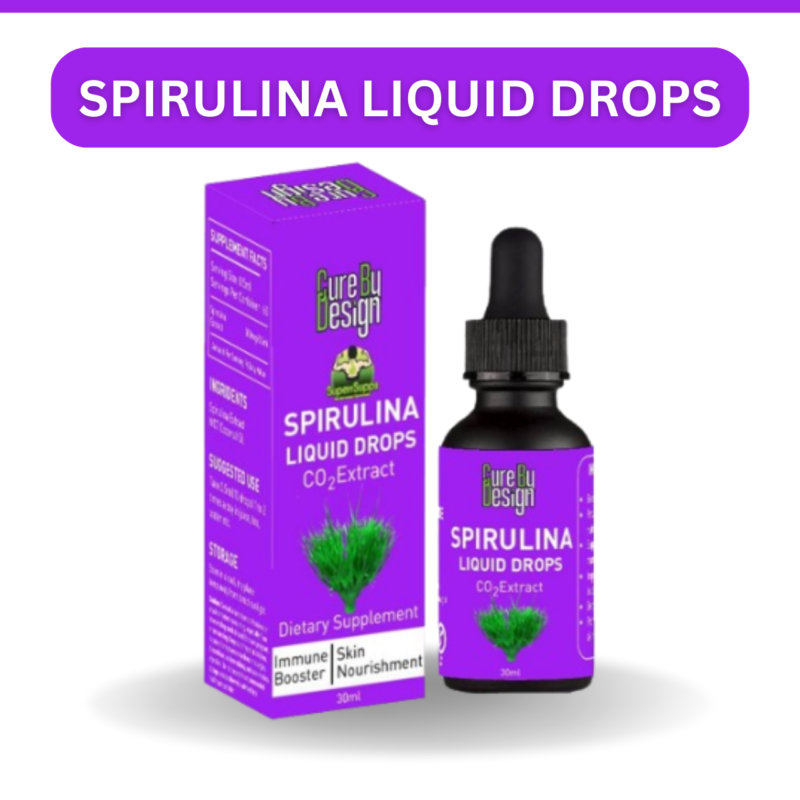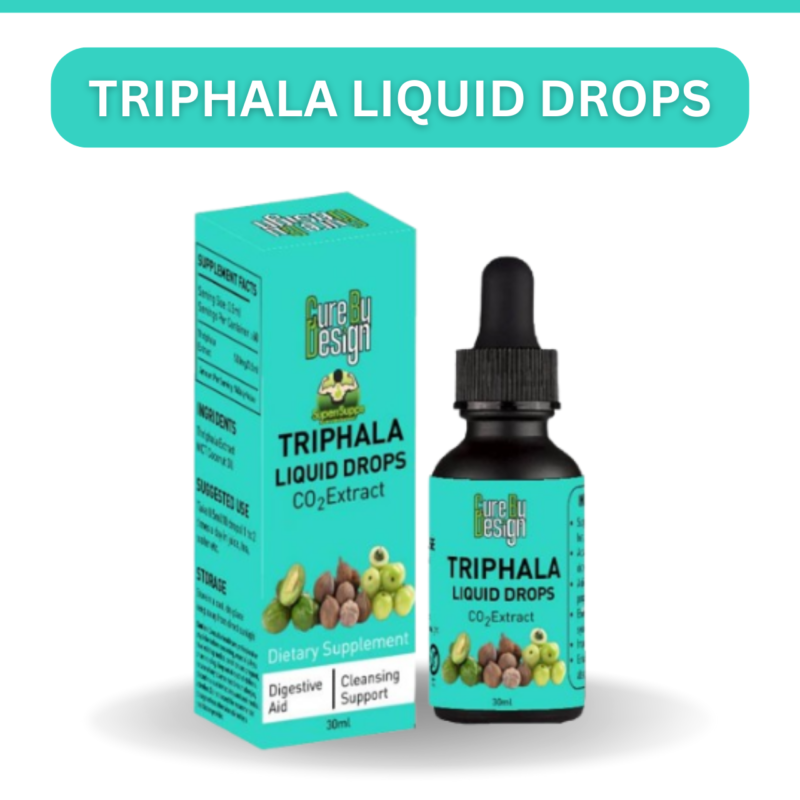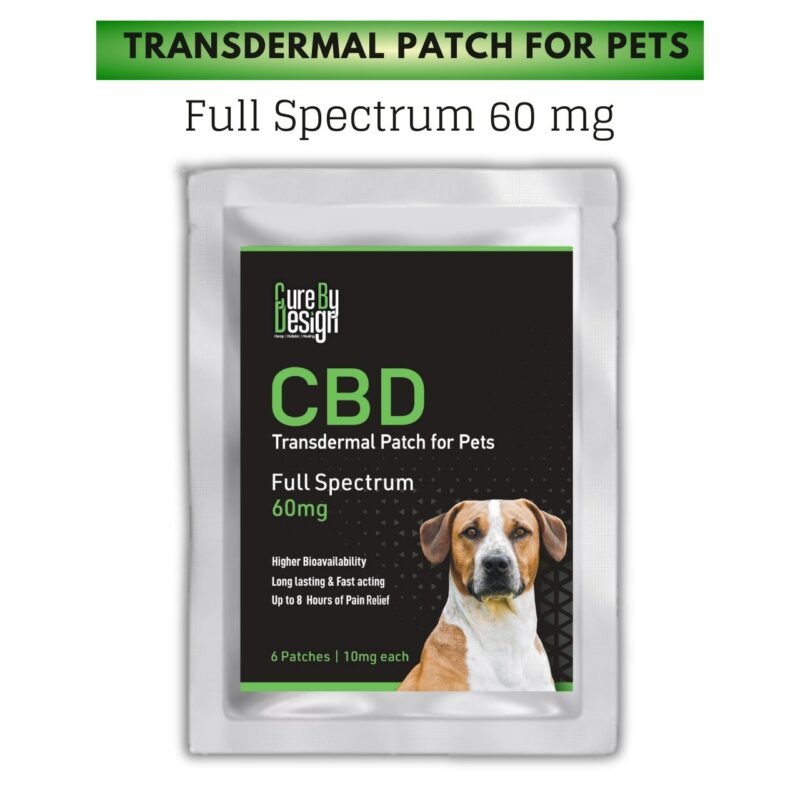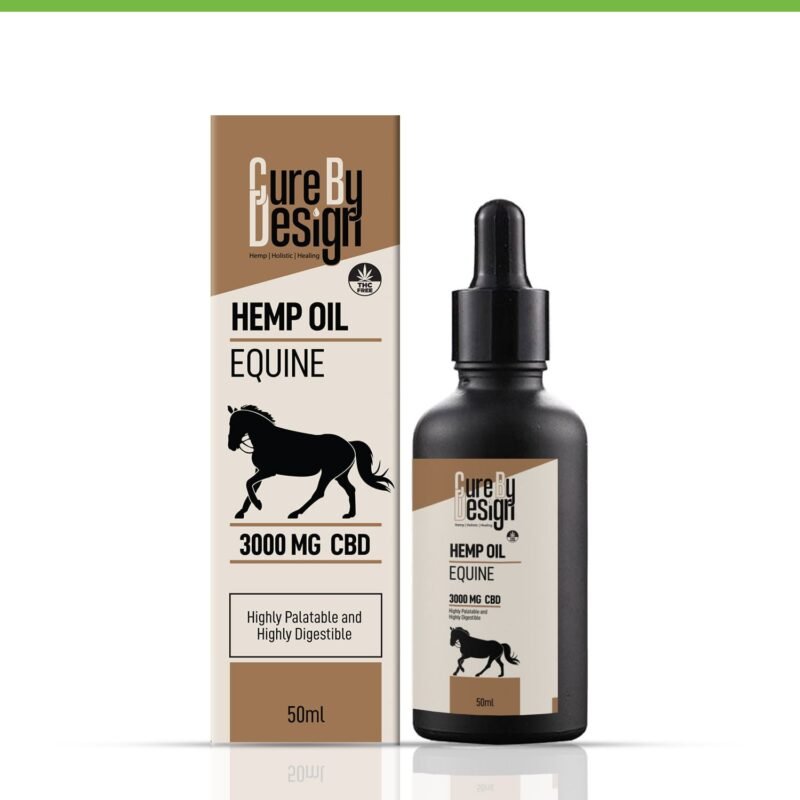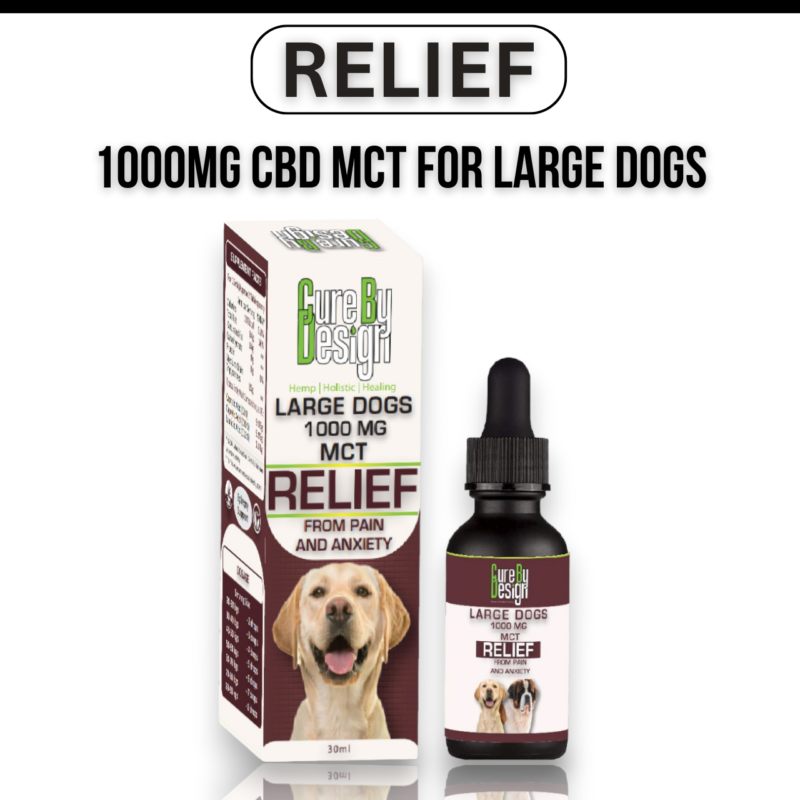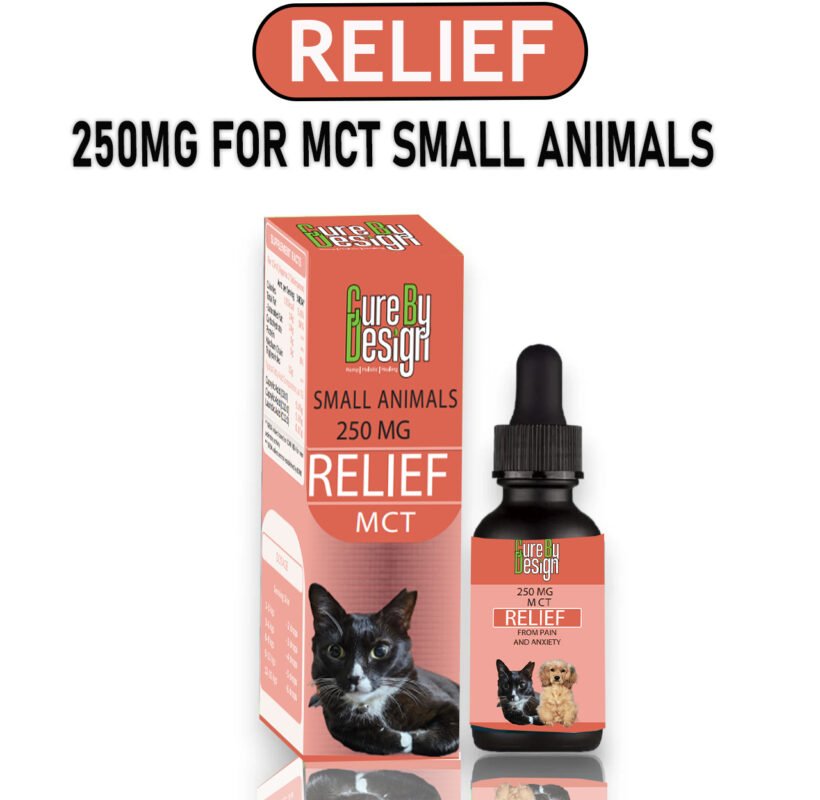CBD oil for Inflammation

Cannabidiol (CBD) oil shows promising anti-inflammatory effects through multiple mechanisms. Chemically, CBD’s phenolic hydroxyl groups give it antioxidant properties by neutralizing free radicals and reducing oxidative stress. Biologically, it interacts with the endocannabinoid system and several receptors like CB1, CB2, TRP channels, and PPARγ to lower inflammation and immune responses. These actions help decrease pro-inflammatory cytokines and reactive oxygen species, protecting cells from damage. Both natural and synthetic CBD derivatives may enhance these benefits. While generally safe, some liver enzyme changes have been noted at high doses, so monitoring is important. Still, more human studies are needed to fully understand its therapeutic role in inflammation.
Table of Contents
- Chemical and Molecular Characteristics of CBD
- Biological Effects of CBD on Inflammation
- How CBD Acts as a Direct Antioxidant
- Impact of CBD’s Antioxidant Properties on Cells
- CBD’s Role in Modulating Inflammatory Receptors
- Therapeutic Uses of CBD in Inflammatory Conditions
- Natural and Synthetic CBD Derivatives in Inflammation
- Safety and Drug Interaction Considerations with CBD
- Research Gaps and Future Directions for CBD Use
- Frequently Asked Questions
Chemical and Molecular Characteristics of CBD
Cannabidiol (CBD) is a prominent non-psychoactive compound derived from Cannabis sativa L., distinct from THC due to its lack of intoxicating effects. Its chemical formula is C21H30O2, with a molecular weight of approximately 314.46 g/mol, which contributes to its moderate lipophilicity. Structurally, CBD contains a cyclohexene ring, a phenolic ring bearing two hydroxyl groups, and a pentyl side chain. These features are key to its biological functions, especially the phenolic hydroxyl groups that enable CBD’s antioxidant properties by donating hydrogen atoms to neutralize free radicals. Due to its low water solubility but high affinity for lipids, CBD’s absorption and bioavailability depend heavily on lipid-based delivery methods. Naturally, CBD exists as cannabidiolic acid (CBDA), which converts to active CBD through heat-induced decarboxylation. The molecule is chemically stable under normal conditions but can degrade through oxidation when exposed to air and light over time, affecting its potency. Its unique molecular design allows CBD to cross biological membranes, including the blood-brain barrier, thus influencing both central and peripheral targets. This structural distinctiveness also enables selective interactions with various enzymes and receptors that regulate inflammatory and oxidative pathways, setting CBD apart from other cannabinoids in modulating inflammation and oxidative stress.
Biological Effects of CBD on Inflammation
CBD influences inflammation through multiple biological pathways, reflecting its broad pharmacological effects including anti-inflammatory, antioxidant, anxiolytic, and neuroprotective actions. Unlike substances that directly activate cannabinoid receptors, CBD modulates the endocannabinoid system with low direct agonism on CB1 and CB2 receptors but significant indirect effects, such as increasing anandamide levels. This modulation helps reduce pro-inflammatory signals by dampening the activity of immune cells and lowering cytokines like TNF-α, IL-1β, and IL-6 through inhibition of NFκB pathways.
Beyond cannabinoid receptors, CBD interacts with several other targets involved in inflammation control. It activates transient receptor potential (TRP) channels, such as TRPV1, which can lead to desensitization and reduced inflammatory signaling. CBD also acts as an agonist of PPARγ, a nuclear receptor that suppresses pro-inflammatory gene expression and works together with the Nrf2 pathway to boost antioxidant defenses. By activating Nrf2, CBD promotes the production of cytoprotective enzymes, helping cells counteract oxidative stress that often worsens inflammation.
CBD further affects immune responses by limiting T cell proliferation, inducing apoptosis in activated immune cells, and hindering immune cell migration and adhesion to inflamed tissues. These actions collectively reduce the immune system’s overactivation that drives chronic inflammation. Its antioxidant properties complement this by scavenging reactive oxygen species (ROS), preventing oxidative damage to lipids and proteins that can perpetuate inflammatory cycles.
In vascular systems, CBD improves endothelial relaxation and lowers the expression of adhesion molecules, which can decrease leukocyte infiltration and vascular inflammation. This multi-targeted approach supports its potential in managing chronic inflammatory conditions such as arthritis, neurodegenerative diseases, and autoimmune disorders. Overall, CBD’s combined modulation of immune activity, receptor signaling, and oxidative stress forms the foundation of its anti-inflammatory effects.
- CBD exerts broad pharmacological effects including anti-inflammatory, antioxidant, anxiolytic, and neuroprotective actions.
- It interacts with the endocannabinoid system, modulating CB1 and CB2 receptors with low direct agonism but significant indirect effects.
- CBD influences the activity of non-cannabinoid receptors such as TRP channels, PPARγ, serotonin 5-HT1A, and adenosine receptors, all involved in inflammation control.
- It reduces pro-inflammatory cytokines like TNF-α, IL-1β, and IL-6 by inhibiting NFκB signaling pathways.
- CBD modulates immune cell functions by suppressing T cell proliferation, inducing apoptosis of activated immune cells, and reducing migration and adhesion.
- Its antioxidant properties complement anti-inflammatory effects by lowering reactive oxygen species (ROS) that exacerbate inflammation.
- CBD enhances endogenous antioxidant defenses through activation of Nrf2, promoting expression of cytoprotective genes.
- It demonstrates anti-inflammatory effects in various conditions including arthritis, neurodegenerative diseases, and autoimmune disorders.
- CBD also affects vascular function by improving endothelial relaxation and reducing inflammatory adhesion molecules.
- The compound’s multi-targeted actions support its potential for managing chronic inflammatory states through combined antioxidant and immune modulation.
How CBD Acts as a Direct Antioxidant

CBD acts as a direct antioxidant by neutralizing harmful free radicals, which are unstable molecules that damage cells and contribute to inflammation. It does this by donating electrons or hydrogen atoms, effectively stopping chain reactions that cause cellular damage. Beyond scavenging free radicals, CBD also inhibits enzymes like xanthine oxidase and NADPH oxidases, which are responsible for producing reactive oxygen species (ROS), lowering the overall oxidative stress in cells. Additionally, CBD binds to transition metals such as iron and copper, preventing these metals from triggering the Fenton reaction, a process that creates highly damaging hydroxyl radicals. This metal chelation is particularly important because it stops the formation of potent oxidants that exacerbate inflammation. CBD further strengthens the body’s natural defenses by boosting antioxidant enzymes including superoxide dismutase, glutathione peroxidase, and glutathione reductase, which work together to maintain redox balance and protect cells. It also activates Nrf2, a key transcription factor that promotes the expression of genes involved in antioxidant responses and detoxification, enhancing the cell’s ability to resist oxidative injury. Unlike many other antioxidants, CBD’s protective effects are independent of cannabinoid receptors, relying instead on its chemical properties and influence on redox-sensitive pathways. By reducing ROS and reactive nitrogen species, CBD limits damage to lipids, proteins, and DNA, which are critical targets during inflammatory processes. This antioxidant activity safeguards mitochondrial function, essential for energy production and cell survival, especially when inflammation threatens cellular health. Studies show that CBD decreases markers of lipid peroxidation like malondialdehyde and 4-hydroxynonenal, which are indicators of oxidative injury and inflammation. Overall, CBD’s direct antioxidant actions play a vital role in lowering cellular stress and reducing inflammatory signaling, contributing significantly to its potential as a therapeutic agent in managing inflammation.
Impact of CBD’s Antioxidant Properties on Cells
CBD plays a crucial role in reducing oxidative damage within cells by preventing lipid peroxidation, which helps maintain the integrity and function of cell membranes. This preservation is important because damaged membranes can disrupt cellular communication and metabolism. Additionally, CBD protects proteins from oxidative stress, ensuring enzymes and receptors involved in cell signaling continue to work properly. By lowering lipid peroxidation, CBD also reduces the formation of harmful aldehydes, like malondialdehyde and 4-hydroxynonenal, which contribute to inflammation and cellular dysfunction. Another key benefit is CBD’s protection of mitochondrial health, supporting efficient energy production and lowering signals that trigger cell death. Through limiting reactive oxygen species (ROS), CBD decreases activation of redox-sensitive transcription factors such as NFκB, which are known to drive inflammatory responses. This antioxidant effect extends to reducing oxidative damage to DNA, which may improve cellular repair and lower mutation rates. CBD also supports endothelial cells, promoting better vascular function and reducing inflammation in blood vessels. Its antioxidant action helps maintain tissue balance in environments affected by chronic inflammation or oxidative stress. Moreover, CBD influences immune cells by modulating oxidative stress, which affects their activation and cytokine release, ultimately enhancing cellular resilience against inflammation-related damage.
CBD’s Role in Modulating Inflammatory Receptors
CBD reduces inflammation primarily by influencing various receptor systems beyond the classical cannabinoid receptors. At CB1 receptors, CBD acts as a weak agonist and a negative allosteric modulator, which helps dampen pro-inflammatory signaling in the nervous system. On CB2 receptors, it behaves as a weak agonist or inverse agonist, suppressing immune cell activation and lowering the release of reactive oxygen species (ROS) and inflammatory cytokines. CBD also activates transient receptor potential (TRP) channels, such as TRPV1, TRPV2, and TRPA1. These channels regulate calcium influx and the release of inflammatory mediators. When CBD activates these TRP channels, it leads to their desensitization, which reduces pain and inflammation signaling. Another important target is the nuclear receptor PPARγ, which CBD activates as an agonist. Activation of PPARγ represses NFκB-driven transcription of key inflammatory genes, including COX2, TNF-α, and various interleukins. It also promotes degradation of NFκB subunits, further lowering cytokine production. Additionally, CBD antagonizes GPR55, decreasing intracellular calcium levels and inflammation, particularly relevant in neuroinflammatory conditions. It acts as an inverse agonist on GPR3, GPR6, and GPR12, receptors linked to inflammation and neurological disorders. Beyond these, CBD binds to serotonin 5-HT1A and adenosine A2A receptors, contributing anti-inflammatory and antioxidant effects. These combined interactions across multiple receptor systems underpin CBD’s ability to modulate inflammation effectively without directly activating classical cannabinoid pathways alone.
| Receptor Type | CBD Interaction | Effect on Inflammation | Key Mechanisms |
|---|---|---|---|
| CB1 Receptor | Weak agonist and negative allosteric modulator | Reduces pro-inflammatory signaling in nervous system | Modulation decreases neuronal inflammation and excitotoxicity |
| CB2 Receptor | Weak agonist or inverse agonist | Suppresses immune cell activation and lowers ROS and cytokine release | Inhibits T cell proliferation, induces apoptosis, reduces adhesion |
| TRP Channels (TRPV1, TRPV2, TRPA1) | Activates leading to desensitization | Reduces pain and inflammatory mediator release | Modulates calcium influx, attenuates cytokine expression |
| PPARγ | Agonist | Represses NFκB-driven transcription of pro-inflammatory genes | Inhibits COX2, TNF-α, IL-1β, IL-6; promotes NFκB p65 degradation |
| GPR55 | Antagonist | Decreases intracellular calcium and inflammatory responses | Reduces neuroinflammation and immune activation |
| GPR3, GPR6, GPR12 | Inverse agonist | Potentially modulates neuroinflammation and related disorders | Affects receptor activity linked to inflammatory signaling |
| Serotonin 5-HT1A | Direct agonist | Provides anti-inflammatory and antioxidant effects | Modulates stress response and neuropathic pain pathways |
| Adenosine A2A Receptors | Agonist | Reduces cytokine production and vascular adhesion molecules | Mediates anti-inflammatory and vascular protective effects |
Therapeutic Uses of CBD in Inflammatory Conditions
CBD has demonstrated promising effects in a variety of inflammatory conditions by targeting both symptoms and underlying causes. In arthritis models, CBD helps reduce joint swelling, pain, and markers of inflammation, improving mobility and comfort. For diabetes-related vascular complications, CBD improves endothelial function and lowers oxidative stress, which can protect against further tissue damage. Neurological disorders such as multiple sclerosis and Parkinson’s disease benefit from CBD’s ability to reduce neuroinflammation, potentially slowing disease progression and easing symptoms. In autoimmune diseases, CBD lowers pro-inflammatory cytokines and reactive oxygen species, which supports immune system balance and decreases tissue damage. Topical CBD products offer relief for skin inflammation and pain in psoriasis and eczema, while also speeding wound healing by preserving growth factors and minimizing oxidative injury. Clinical studies suggest that CBD can alleviate symptoms in inflammatory bowel diseases, reducing gut inflammation and discomfort. Its combined anti-inflammatory and analgesic properties make CBD valuable for chronic pain conditions where inflammation plays a role. Additionally, CBD promotes vascular relaxation, which may help manage hypertension linked to inflammation. In organ injury and ischemia reperfusion settings, CBD shows potential in limiting inflammation-related damage and supporting recovery. These diverse therapeutic effects position CBD as a versatile agent in managing inflammation across multiple body systems.
Natural and Synthetic CBD Derivatives in Inflammation
Natural CBD derivatives such as cannabidiolic acid (CBDA) and cannabidivarin (CBDV) offer unique anti-inflammatory effects due to their different affinities for receptors compared to CBD itself. For example, CBDA exhibits higher potency at specific targets like TRP channels, which could translate into alternative or complementary therapeutic uses. On the synthetic side, compounds like HU-308 and HU-433 have been engineered to selectively activate CB2 receptors, a key player in controlling inflammation, thereby enhancing anti-inflammatory potency beyond what natural CBD often achieves. Quinoline-based derivatives such as VCE-003 further expand this potential by activating PPARγ more effectively than CBD, delivering both neuroprotective and anti-inflammatory benefits. These synthetic analogues are designed to improve pharmacokinetics, stability, and receptor selectivity, which can result in better efficacy and fewer side effects. Some derivatives demonstrate stronger inhibition of pro-inflammatory cytokines and oxidative stress markers in lab and animal studies, targeting specific inflammatory pathways more precisely. There is also interest in combining CBD with its derivatives to potentially achieve synergistic effects, broadening the scope of treatment for inflammation. This approach is especially promising for chronic inflammatory diseases where standard CBD may face limitations in efficacy or bioavailability. Ongoing research aims to optimize these compounds for clinical use, focusing on safety and selective receptor modulation to maximize therapeutic outcomes.
Safety and Drug Interaction Considerations with CBD
CBD is generally well tolerated and does not produce psychoactive effects at therapeutic doses, making it a favorable option for many individuals. Mild side effects may occur, including fatigue, diarrhea, and changes in appetite or weight, but serious adverse effects are uncommon. However, high doses of CBD can lead to elevated liver enzymes such as ALT and AST, so liver function should be monitored during prolonged or high-dose use, especially in those with pre-existing liver conditions. One important safety consideration is CBD’s ability to inhibit cytochrome P450 enzymes, particularly the CYP3A and CYP2C families. This interaction can affect the metabolism of several commonly prescribed drugs, including blood thinners like warfarin and various antiepileptic medications. Because of this, co-administration of CBD with other drugs metabolized by the liver requires careful dose adjustments and close medical supervision to avoid adverse effects or reduced therapeutic efficacy. Products containing pure CBD generally have a better safety profile compared to those that include THC or other cannabinoids, which can introduce additional side effects or psychoactivity. Current research has not found evidence of teratogenicity or mutagenicity associated with CBD, but long-term safety data are still limited. Ongoing clinical trials are working to better understand the effects of chronic CBD use. Before starting CBD therapy, it is important for healthcare providers to review the patient’s full medical history and current medications to assess potential interactions and tailor dosing accordingly. Individual factors such as liver function, existing health conditions, and concurrent medications should guide dosing decisions to ensure safe and effective use of CBD oil for inflammation.
Research Gaps and Future Directions for CBD Use
Despite promising findings, there are significant research gaps that need to be addressed before CBD can be confidently recommended for inflammation-related conditions. Large-scale, randomized, controlled clinical trials are essential to confirm CBD’s effectiveness across different inflammatory diseases and populations. Currently, dosing guidelines remain unclear, as pharmacokinetics and optimal regimens have not been fully established, which limits the ability to maximize benefits while minimizing risks. Long-term safety data is especially lacking for chronic inflammation, where patients may require prolonged treatment. Another critical area involves drug interactions. CBD’s influence on liver enzymes like CYP3A and CYP2C suggests it could alter the metabolism of many medications, including newer drug classes, yet systematic studies on these interactions are sparse. Additionally, little is known about how CBD metabolites contribute to its anti-inflammatory effects, pointing to a need for more detailed metabolic and mechanistic research. The development of synthetic CBD derivatives with improved potency and safety profiles is ongoing, but comparative studies between natural CBD, these derivatives, and combination therapies are necessary to define the best clinical approaches. Investigating CBD’s impact on specific immune cell types and inflammatory pathways will help clarify its precise mechanisms. Biomarkers to predict and monitor patient responses could advance personalized CBD therapy, improving outcomes. Finally, deeper understanding of how CBD’s antioxidant actions link to receptor modulation will support targeted drug design, potentially leading to more effective and safer anti-inflammatory treatments.
Frequently Asked Questions
1. How does CBD oil work to reduce inflammation in the body?
CBD oil interacts with the body’s endocannabinoid system, which helps regulate immune responses and inflammation. It influences receptors that control pain and inflammation, potentially leading to reduced swelling and discomfort.
2. Can CBD oil help with chronic inflammatory conditions like arthritis or Crohn’s disease?
Some studies suggest CBD oil may help ease symptoms in chronic inflammatory conditions by lowering inflammation and pain levels. However, more research is needed to confirm its effectiveness and safety for these specific diseases.
3. Are there any side effects or risks associated with using CBD oil for inflammation?
While CBD oil is generally considered safe, some people may experience side effects like dry mouth, dizziness, or changes in appetite. It can also interact with certain medications, so it’s important to talk with a healthcare provider before starting use.
4. How long does it usually take for CBD oil to show results in reducing inflammation?
The time frame varies depending on factors like dosage, method of use, and individual body chemistry. Some people might notice improvements within a few hours, while for others it could take several days or weeks of consistent use.
5. Is full-spectrum CBD oil more effective for inflammation than CBD isolate?
Full-spectrum CBD contains a range of cannabinoids and compounds that may work together to enhance anti-inflammatory effects, known as the entourage effect. CBD isolate is pure CBD, which might be less effective alone, but some people prefer it due to concerns about THC or other compounds.

